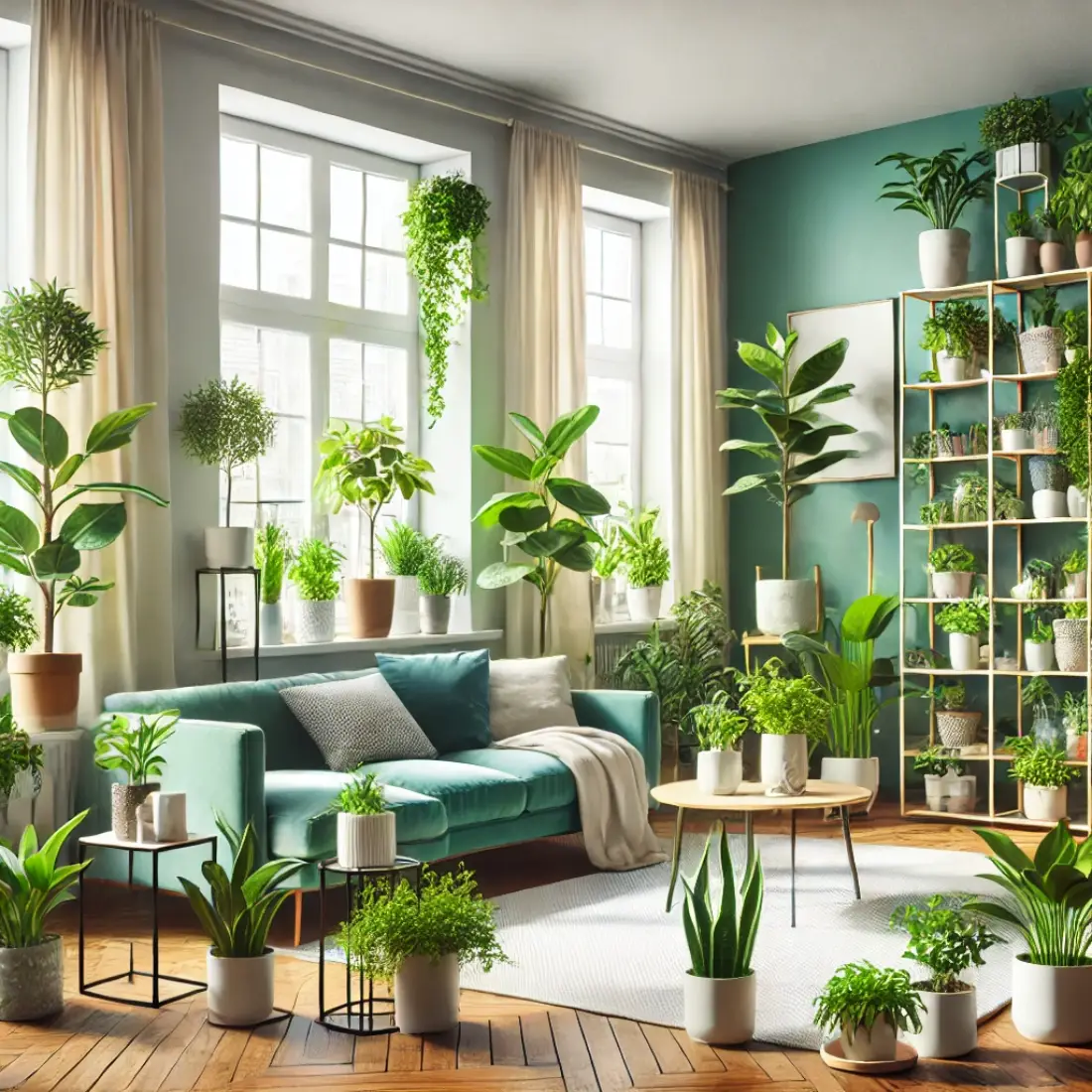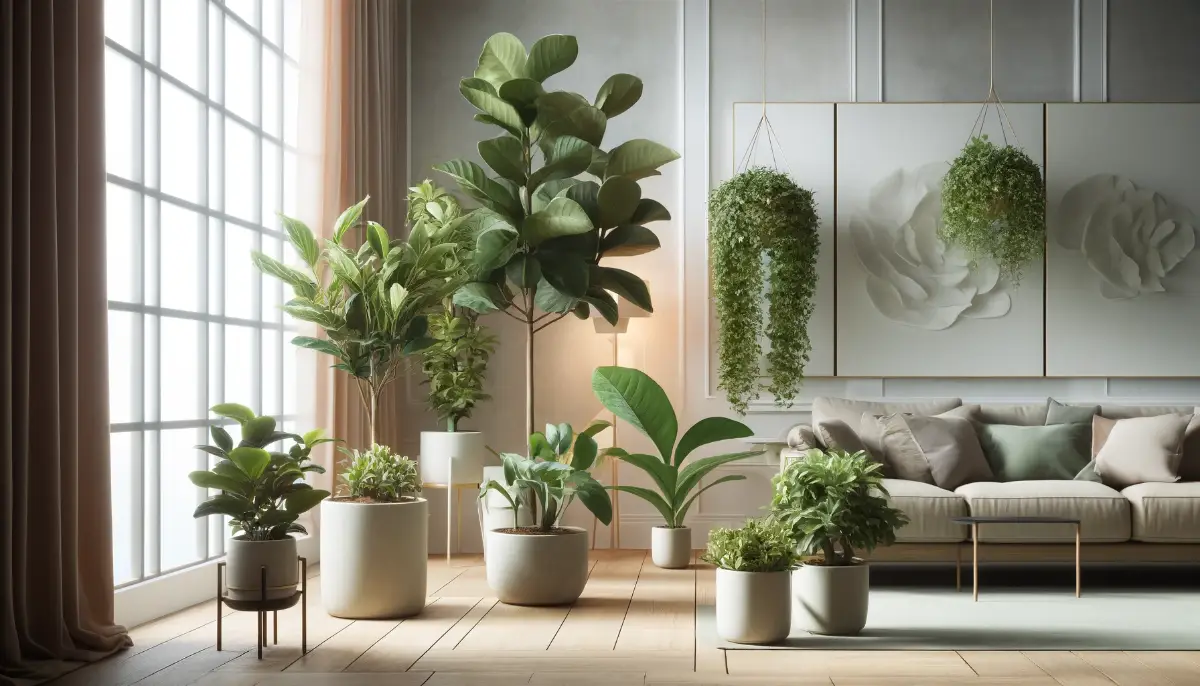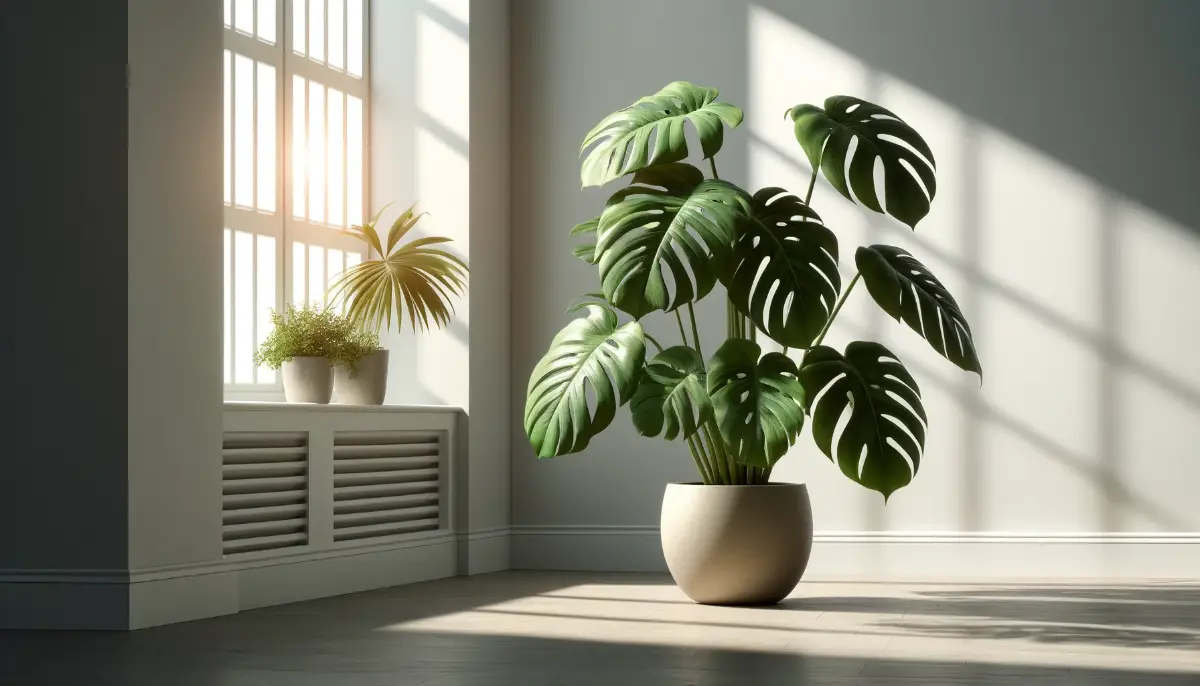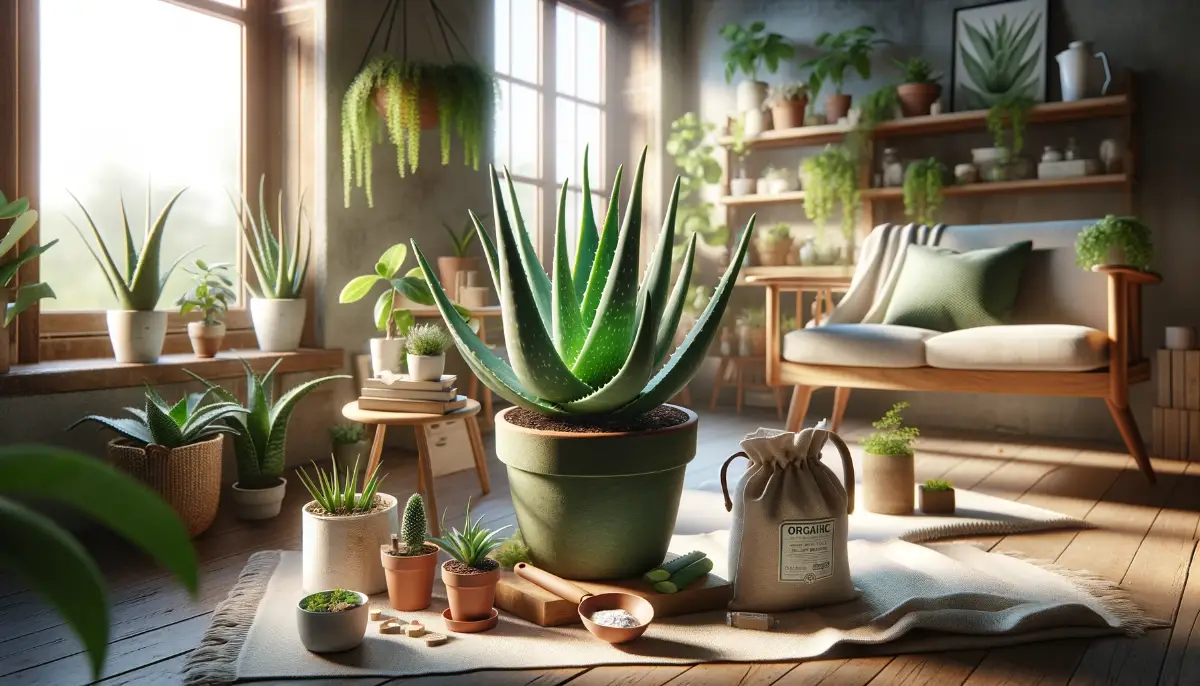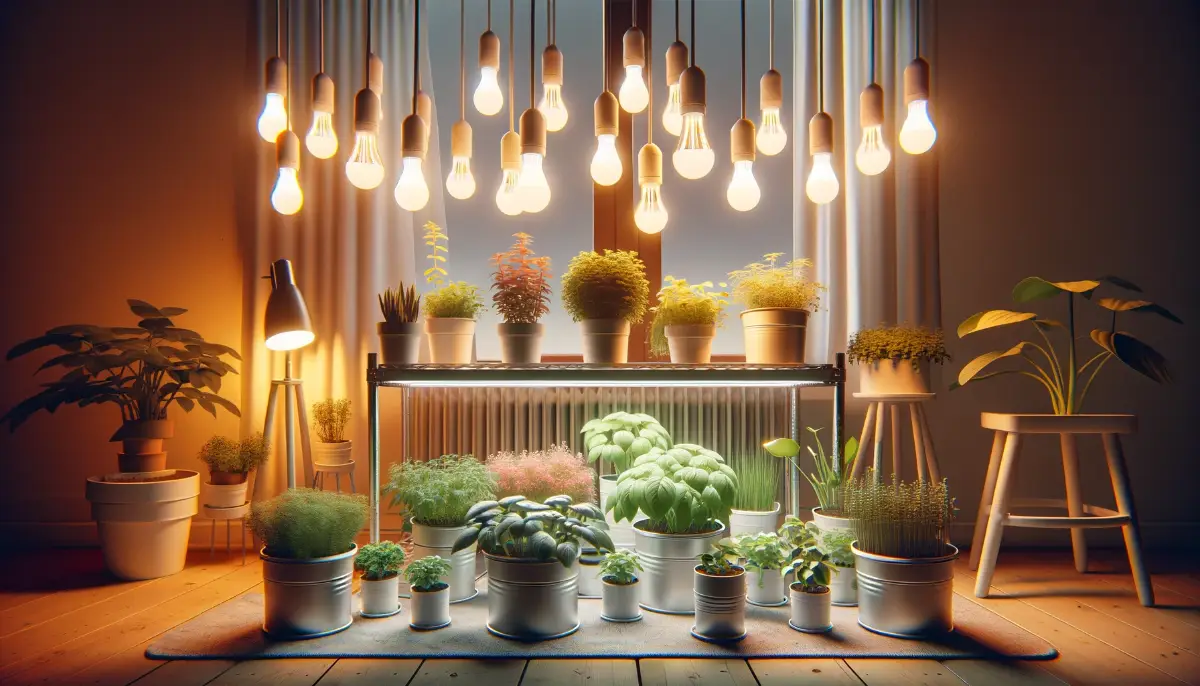Brighten up your home with the most popular light-loving houseplants. These vibrant, green companions not only add aesthetic appeal but also offer numerous benefits like improving air quality and boosting your mood.
Choosing the right houseplants can transform any room into a lively, inviting space. However, understanding their light requirements is crucial for their growth and health.
- Bright light is essential for many popular houseplants.
- Proper placement and care are key to healthy, thriving plants.
- These plants can enhance the aesthetic and air quality of your home.
- Light-loving houseplants also help maintain indoor humidity levels.
Key Factors for Thriving Light-Loving Houseplants
Ensuring your light-loving houseplants thrive requires attention to several key factors:
Importance of Sunlight
Light-loving houseplants need ample sunlight to flourish. Place them in spots with direct or bright, indirect sunlight, such as near south-facing windows. Too little light can cause slow growth and dull leaves, while too much can scorch the foliage.
Ideal Placement in the Home
Position your plants where they can receive the optimal amount of light. East and west-facing windows provide good morning and afternoon light, while south-facing windows offer the most consistent light throughout the day. Use sheer curtains to filter intense sunlight if necessary.
Watering and Feeding Requirements
Proper watering is crucial. Most light-loving plants prefer their soil to dry out slightly between waterings. Overwatering can lead to root rot, while underwatering can cause leaves to wilt. Use well-draining soil and ensure pots have drainage holes. Fertilize your plants monthly during the growing season with an organic fertilizer to promote healthy growth.
Common Care Mistakes to Avoid
Avoid common mistakes such as overwatering, placing plants in drafts, and neglecting to rotate them. Rotating your plants ensures even light exposure and prevents them from growing unevenly towards the light source. Clean the leaves regularly to remove dust, which can block sunlight and reduce photosynthesis.
By paying attention to these key factors, you can help your light-loving houseplants thrive and keep them looking their best.
Most Popular Light Loving Houseplants
Light-loving houseplants are beloved for their vibrant appearance and ability to thrive in bright conditions. Here are some of the most popular light-loving houseplants that can enhance your indoor space:
1. Fiddle Leaf Fig (Ficus lyrata)
The Fiddle Leaf Fig is known for its large, violin-shaped leaves and dramatic presence. This plant requires bright, indirect light and should be placed near a south or east-facing window. It thrives in well-draining soil and needs regular watering, allowing the top inch of soil to dry out between waterings.
2. Snake Plant (Sansevieria trifasciata)
The Snake Plant is incredibly hardy and can tolerate a range of light conditions, though it prefers bright, indirect light. Its tall, upright leaves are striking and easy to care for. This plant is also known for its air-purifying qualities. Water sparingly, as it is prone to root rot if overwatered.

3. Spider Plant (Chlorophytum comosum)
The Spider Plant is a versatile and resilient plant that thrives in bright, indirect light. Its arching leaves and small “spiderettes” add a playful touch to any space. This plant is ideal for hanging baskets or shelves. Keep the soil moist but not soggy, and allow it to dry out slightly between waterings.
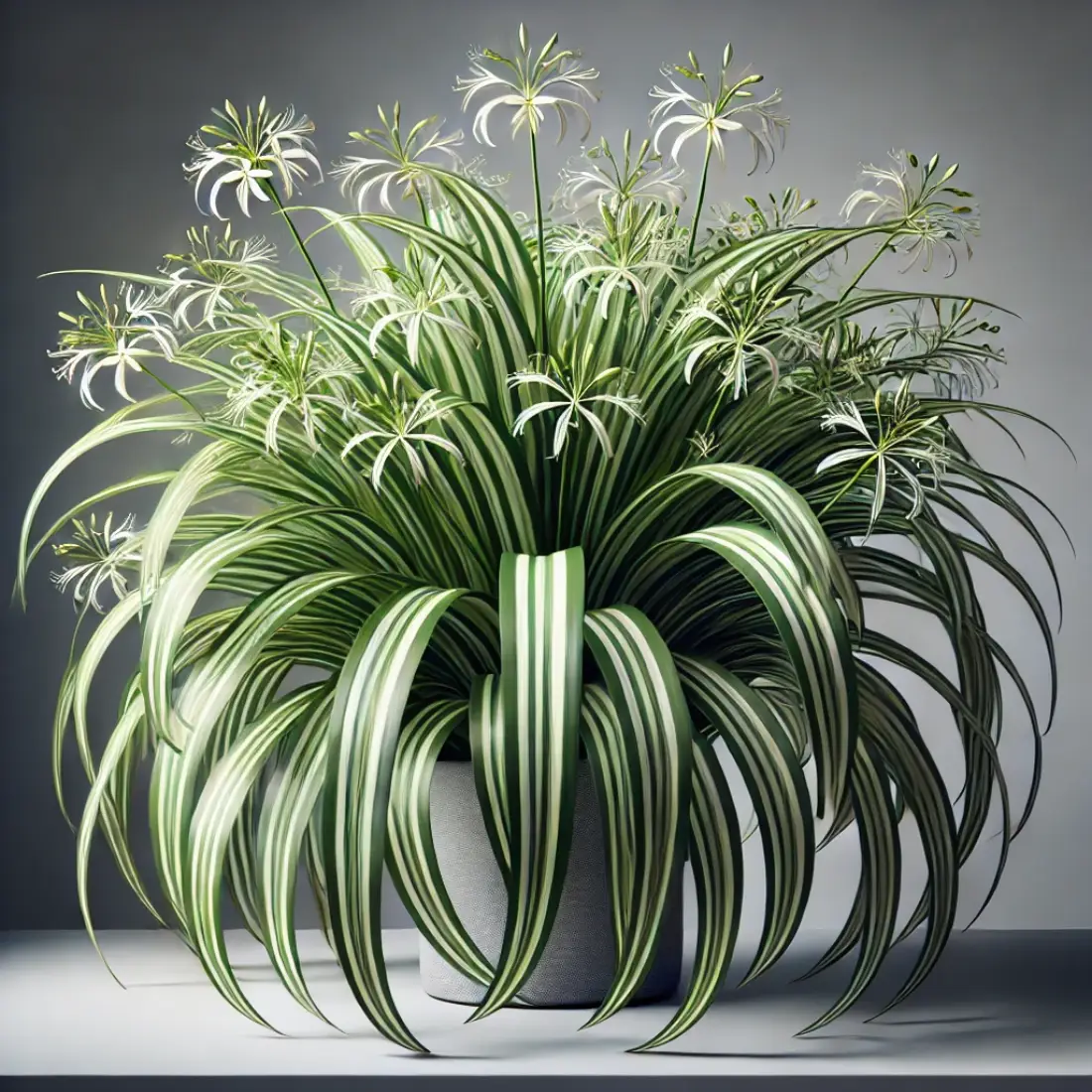
4. Rubber Plant (Ficus elastica)
The Rubber Plant is admired for its glossy, dark green leaves. It prefers bright, indirect light and can grow quite large, making it a stunning focal point. Water when the top inch of soil is dry and provide occasional misting to maintain humidity.

5. Monstera Deliciosa
The Monstera Deliciosa, also known as the Swiss Cheese Plant, features large, perforated leaves that are a visual delight. It thrives in bright, indirect light and needs a well-draining soil mix. Water regularly, allowing the soil to dry out slightly between waterings.
6. Aloe Vera (Aloe barbadensis miller)
Aloe Vera is a popular succulent known for its medicinal properties and easy care. This plant thrives in bright, indirect light and can even tolerate some direct sunlight. It’s perfect for sunny windowsills. Aloe Vera prefers well-draining soil and infrequent watering, allowing the soil to dry out completely between waterings. Besides being a great addition to your home decor, the gel from its leaves can be used to soothe burns and skin irritations.
7. Jade Plant (Crassula ovata)
The Jade Plant is a symbol of good luck and prosperity. It thrives in bright, direct sunlight, making it ideal for sunny spots in your home. Jade Plants have thick, fleshy leaves that store water, so they require minimal watering—typically once every few weeks. Overwatering can lead to root rot, so it’s crucial to let the soil dry out completely between waterings. This hardy succulent is perfect for beginners and adds a touch of green to your home.
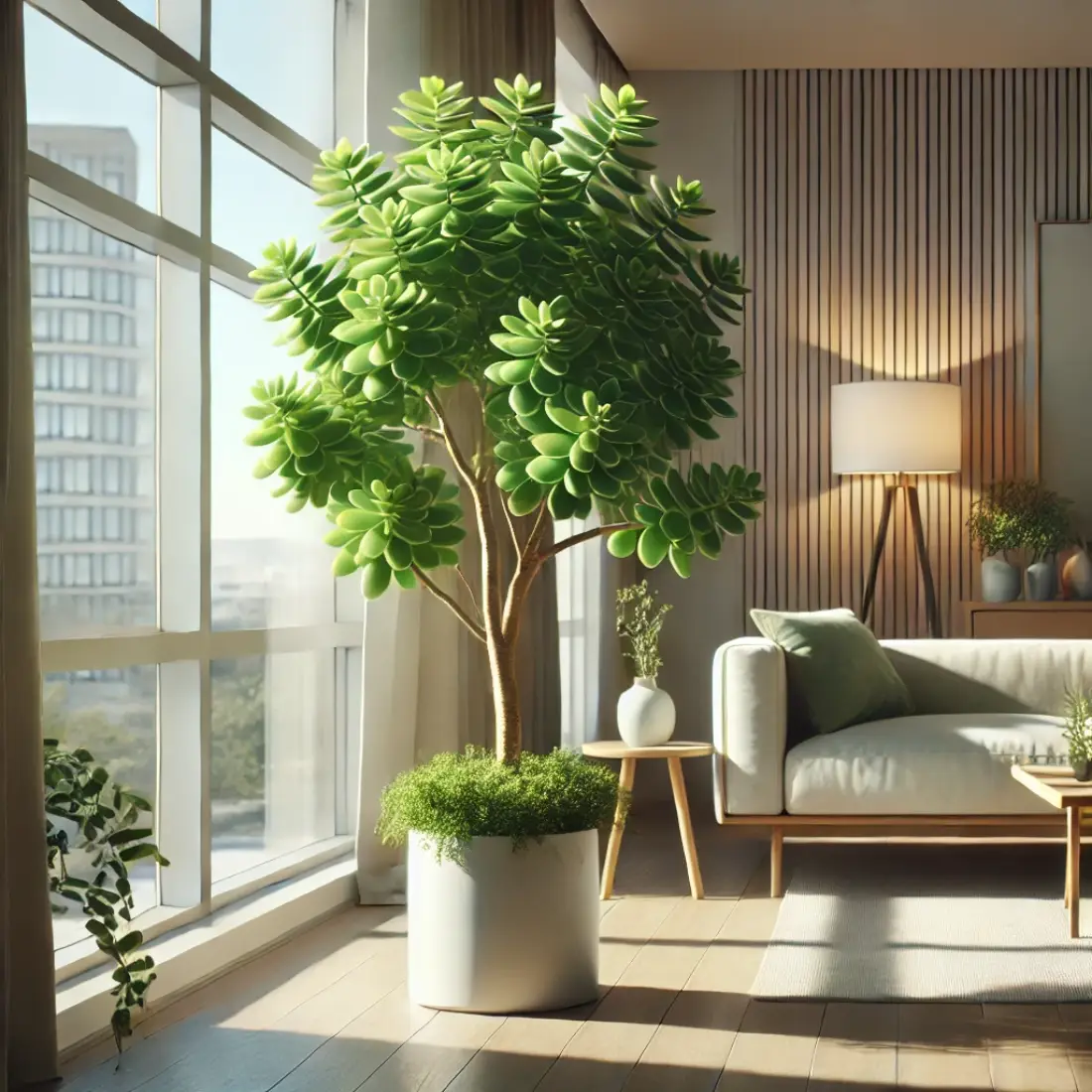
8. Croton (Codiaeum variegatum)
Croton plants are known for their vibrant, multicolored leaves, which can add a splash of color to any indoor space. They thrive in bright, indirect light and can tolerate some direct sunlight. The more light they receive, the more vivid their leaf colors become. Crotons prefer consistently moist soil, so water them regularly, but ensure the soil is well-draining to prevent waterlogging. These plants also benefit from higher humidity levels, so consider misting them or using a humidity tray.
Tips for Maximizing Light for Your Houseplants
Ensuring your light-loving houseplants receive the optimal amount of light is crucial for their health and growth. Here are some tips to help you maximize light exposure for your indoor plants:
Use Artificial Lights
If natural light is insufficient, especially during winter months, consider using artificial grow lights. LED grow lights are energy-efficient and provide the full spectrum of light that plants need for photosynthesis. Place the lights close to your plants, but avoid direct contact to prevent leaf burn.
Reflective Surfaces
Enhance natural light by using reflective surfaces. Place mirrors or white walls behind your plants to bounce light back onto them. This can increase the amount of light your plants receive without having to move them closer to windows.
Clean Your Plants and Windows
Dust on leaves and windows can block light from reaching your plants. Regularly clean your plant leaves with a damp cloth to remove dust. Also, clean your windows to ensure maximum light penetration.
Rotate Your Plants
Rotate your plants regularly to ensure all sides receive equal light exposure. This helps prevent uneven growth and keeps your plants looking symmetrical and healthy. Aim to rotate them about a quarter turn every week.
Use Sheer Curtains
If your plants are exposed to intense, direct sunlight, use sheer curtains to diffuse the light. This will protect your plants from leaf burn while still providing them with plenty of light.
Troubleshooting Common Issues with Light-Loving Houseplants
Caring for light-loving houseplants can sometimes be challenging. Here are some common issues and how to address them:
Signs of Too Much Light
If your plant’s leaves are turning brown or yellow at the edges, they may be getting too much direct sunlight. Move them to a spot with bright, indirect light. Using sheer curtains to diffuse intense sunlight can also help prevent leaf burn.
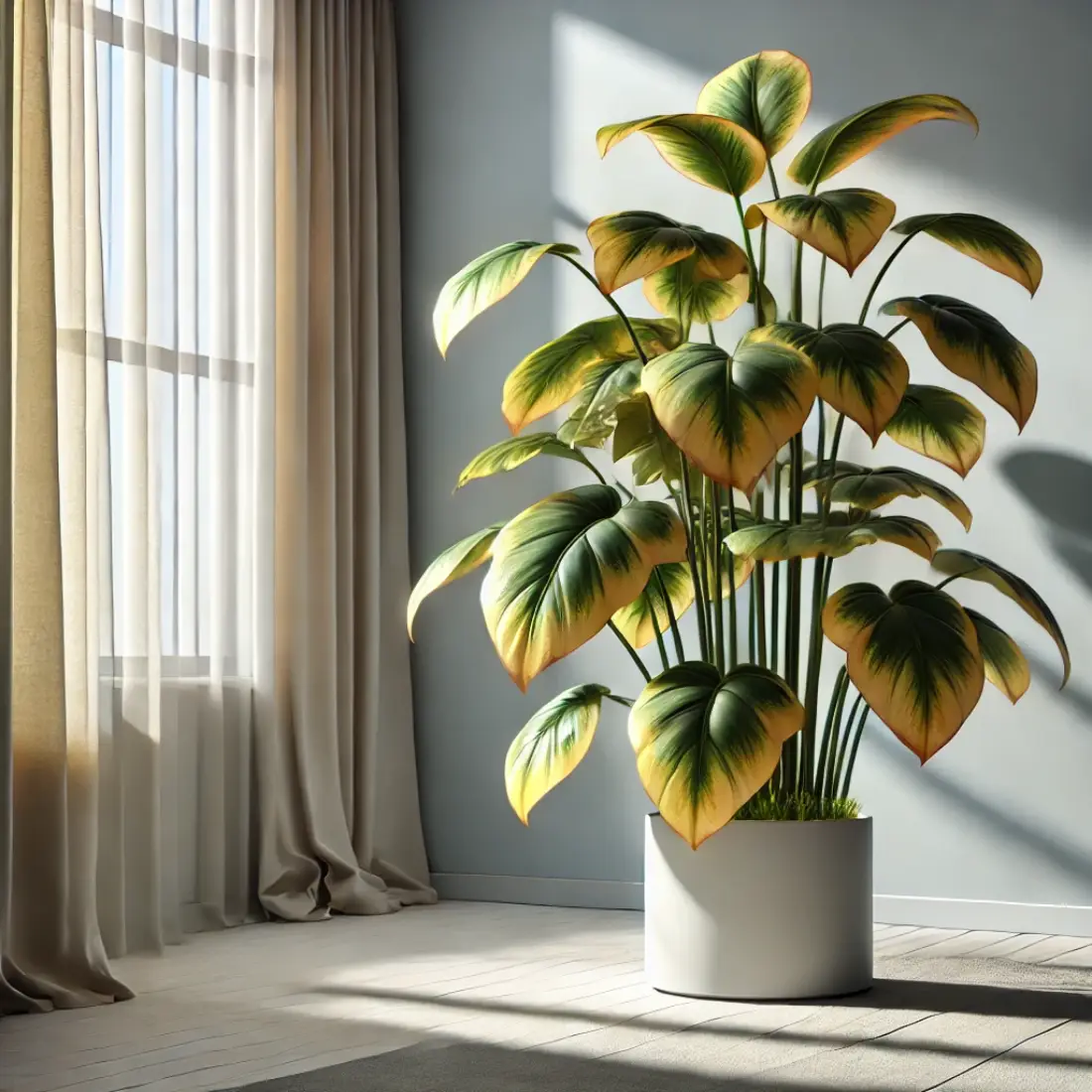
Signs of Too Little Light
Plants receiving too little light often become leggy, with long stems and sparse leaves. They may also exhibit slow growth and pale coloring. Move your plant closer to a light source, preferably near a south or east-facing window, or use a grow light to supplement natural light.

How to Adjust Plant Placement
Evaluate the light conditions in your home throughout the day. South-facing windows provide the most consistent light, while east and west-facing windows offer good morning and afternoon light. Experiment with different locations to find the best spot for each plant.
Addressing Leggy Growth and Burnt Leaves
For leggy growth, prune back elongated stems to encourage bushier growth. Ensure the plant receives adequate light to prevent future legginess. For burnt leaves, trim off the damaged parts and adjust the plant’s light exposure to avoid further damage.
Regular Monitoring
Keep an eye on your plants and adjust their care as needed. Regularly check for signs of stress and make necessary changes to light, watering, and placement.
FAQs About Light-loving Plants
What is the best location for light-loving houseplants?
The best location is near south-facing windows, which provide the most consistent and bright light throughout the day. East and west-facing windows are also suitable as they offer good morning and afternoon light, respectively.
How do I know if my houseplant is getting enough light?
Signs that your plant is getting enough light include healthy, vibrant foliage and steady growth. If the leaves are pale, or the plant is growing leggy, it may need more light.
Can light-loving houseplants survive in low light?
While some light-loving houseplants can tolerate lower light levels temporarily, they will not thrive. Consider using grow lights or relocating them to brighter areas to ensure optimal growth.
How often should I water light-loving houseplants?
Watering frequency depends on the plant and environmental conditions. Generally, water when the top inch of soil is dry. Overwatering can lead to root rot, so ensure pots have drainage holes.
What are the best artificial lights for houseplants?
LED grow lights are the best option as they provide the full spectrum of light needed for photosynthesis and are energy-efficient. Position them close to your plants but not in direct contact.
Why are my plant’s leaves turning brown at the edges?
Brown edges often indicate too much direct sunlight or inconsistent watering. Move the plant to a spot with bright, indirect light and ensure even, consistent watering.
How can I increase humidity for my houseplants?
Increase humidity by misting the plants regularly, using a humidifier, or placing a tray of water near the plants. Grouping plants together can also help maintain higher humidity levels.
How do I prevent pests on my houseplants?
Keep your plants healthy by providing proper light, water, and nutrients. Regularly inspect them for pests, and use insecticidal soap or neem oil if necessary.
Can I place my houseplants outside during the summer?
Yes, many houseplants benefit from spending time outside during the summer. Gradually acclimate them to outdoor conditions, and ensure they are protected from direct, harsh sunlight and strong winds.
What type of soil is best for light-loving houseplants?
Use well-draining soil to prevent waterlogging. A mix of potting soil, perlite, and peat moss works well for most light-loving houseplants.

